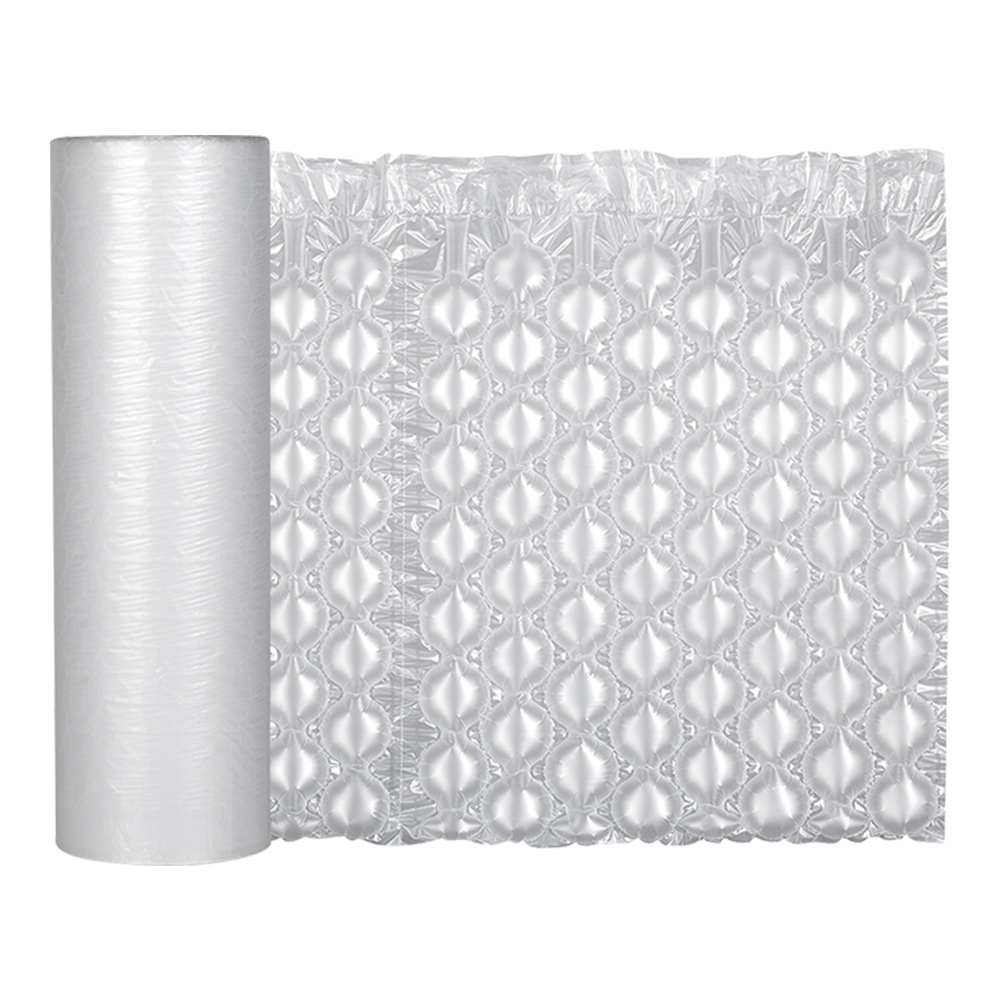Calculating the Right size of bubble wrap ensures that your items stay safe during shipping or storage. Using too much bubble wrap adds unnecessary bulk, which increases shipping costs and takes up valuable space.
On the other hand, too little bubble wrap leaves your items vulnerable to damage from impacts, pressure, or vibrations. By choosing the right size, you can balance cost efficiency with maximum protection.
Why Bubble Wrap Size Matters
Calculating the right size of bubble wrap plays a key role in effective cushioning and cost efficiency. Several factors contribute to this decision:
Factors to Consider:
- Item fragility: Delicate items, such as glassware or electronics, need extra padding to avoid breakage.
- Item size: Larger objects require bigger bubbles or multiple wrap layers to ensure complete coverage.
- Shipping method: If items experience rough handling during transit, additional protection becomes essential.
- Storage space: Oversized bubble wrap takes up too much room, so finding the right balance is necessary.
Considering these factors allows you to select the most suitable bubble wrap size, ensuring both safety and efficiency.
Choosing the Correct Bubble Wrap Type
Bubble wrap comes in different sizes, each serving a specific purpose. Understanding these options will help you make the right choice:
Types of Bubble Wrap:
- Small bubbles (3/16-inch): These work best for lightweight and fragile items, such as glassware, ceramics, or small electronics. Because the smaller bubbles fit snugly, they provide excellent protection against minor impacts.
- Medium bubbles (5/16-inch): If you need a balance between cushioning and space efficiency, medium-sized bubbles are ideal. They work well for kitchen appliances or decorative pieces.
- Large bubbles (1/2-inch): When protecting large, heavy, or extremely fragile items, large bubbles offer the best protection. Since they provide significant cushioning, they are commonly used for furniture, large electronics, or bulky items.
Selecting the right type of bubble wrap ensures adequate protection while avoiding wasted materials and space.
Measuring Items for the Right Bubble Wrap Size
Steps to Measure:
- Measure the item’s dimensions: Start by measuring the length, width, and height of your item. Accurate measurements determine the required bubble wrap amount.
- Decide on a wrapping method: If wrapping each piece individually or bundling multiple items together, the amount of bubble wrap needed will change.
- Account for layering: More fragile items require multiple bubble wrap layers. Therefore, include extra inches in your calculations to accommodate this.
By carefully measuring and planning, you can ensure full protection while minimizing material use.
Best Practices for Using Bubble Wrap Efficiently
Efficient Wrapping Techniques:
- Wrap items with bubbles facing inward: This method provides direct cushioning against the item, reducing damage risk.
- Use multiple layers for fragile objects: Extra layers enhance protection against impacts and vibrations.
- Secure the wrap with tape: Packing tape holds the bubble wrap in place, preventing it from shifting during transit.
- Combine bubble wrap with other materials: When dealing with highly fragile or irregularly shaped items, using bubble wrap alongside foam inserts or packing peanuts enhances security.
Following these guidelines ensures efficient bubble wrap use while keeping your items safe.Calculating the right size of bubble wrap remains a crucial step in protecting valuables during shipping or storage. By considering factors such as item size, fragility, and transportation needs, you can select the perfect bubble wrap size.

